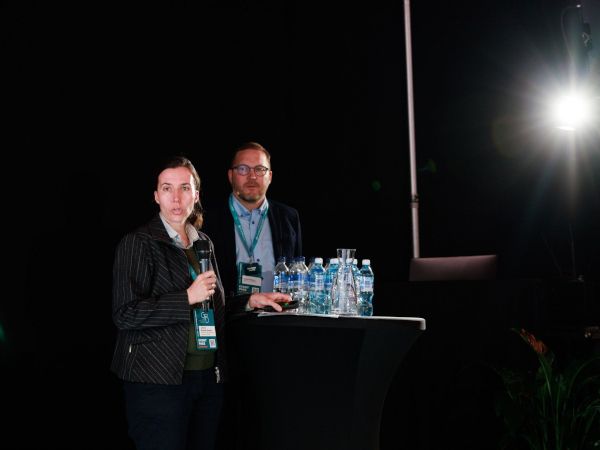
Date: 7 October 2025
One material showing clear potential for this demanding role is borosilicate glass. In this blog post, we look into why it’s a good candidate and what it takes to bend it into shape successfully.
Author: Antti Aronen | Glaston
Source: www.glastory.net
Compared to traditional soda-lime glass, borosilicate glass offers better impact resistance and scratch protection. In tests, for instance, SCHOTT BOROFLOAT® 33 showed up to four times greater crack resistance under special sharp impact conditions – a clear win for long-term durability. That’s why it’s a smart choice for the outer pane in laminated windshields. The more cost-effective soda-lime glass can remain on the inside.
However, combining two different glass types comes with its own set of bending challenges.
More complex glass bending
Material properties, such as viscosity and thermal expansion, vary significantly between borosilicate and soda-lime glass. This means the two panes soften and expand at different rates during heating – increasing the risk of visual defects, such as hotspots, if the process isn’t tightly controlled.
For successful bending, the furnace must apply more heat to the borosilicate pane without overheating the soda-lime one. This balance is challenging to achieve with standard equipment, but it is possible with a flexible windshield bending furnace and proper process tuning.
Success with the right tools
A series of trials confirmed that the borosilicate–soda-lime combination can be bent with good optical quality, provided the heating process is adjusted correctly. Because borosilicate requires higher bending temperatures, careful control of heating intensity and direction is critical.
The takeaway: by rethinking the bending process, automakers can access the benefits of borosilicate glass for more durable windshields – without compromising quality.
Please take a look at the full GPD 2025 presentation by Juliane Brandt-Slowik from Schott AG and Antti Aronen from Glaston, to explore detailed bending parameters and test results for the borosilicate-soda-lime combination.
 600450
600450



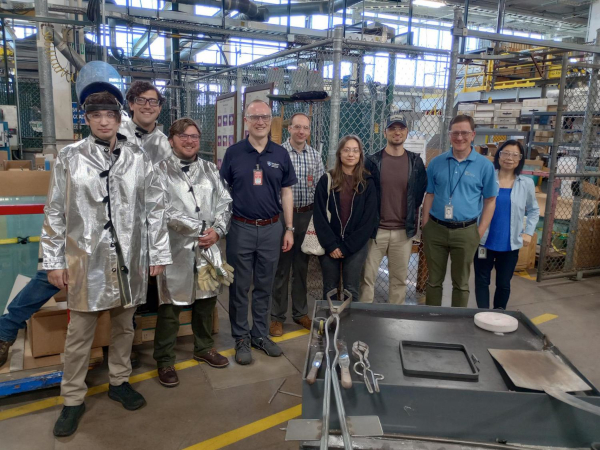
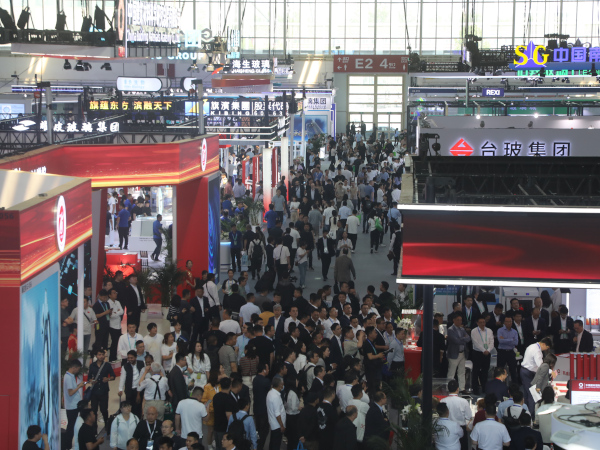
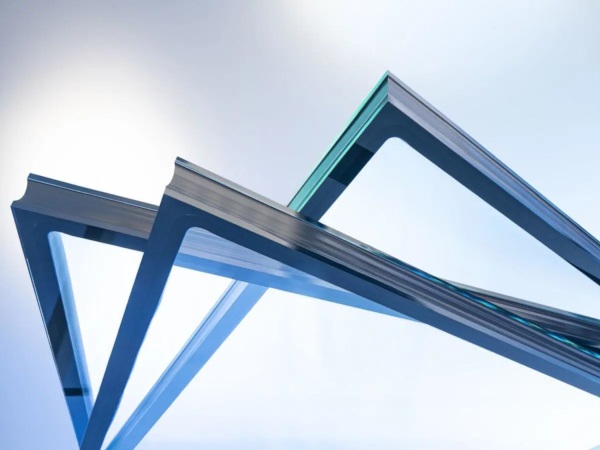
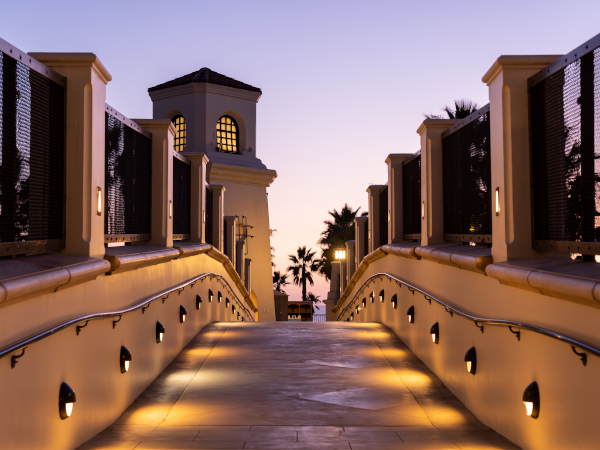







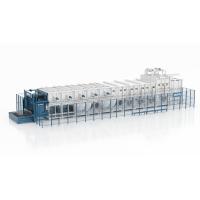
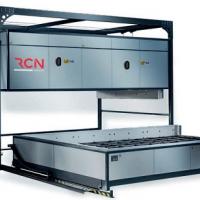
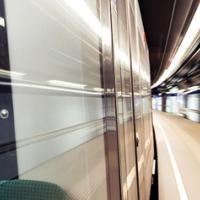
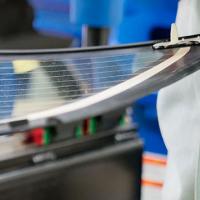
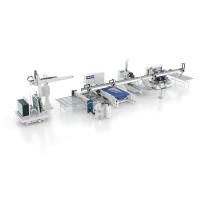
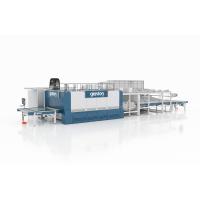
Add new comment